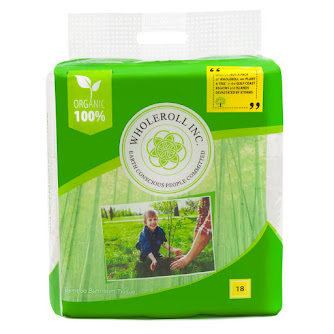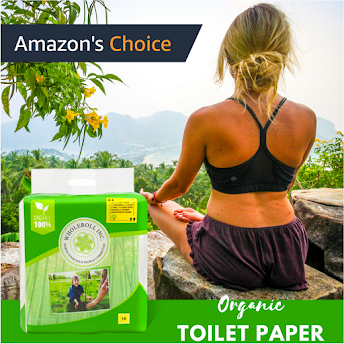Washing, feeding and
keeping pets has a surprisingly significant footprint considering the number of
pets there are on the globe. If looking at dogs and cats as example, the massive
quantity of meat products needed to feed them translate into higher amounts of cattle and higher greenhouse emissions from livestock. Keeping pets
clean also has a significant negative impact on the environment when improper cleaning
products are used. How can pets be kept in a more environmentally friendly
manner?
Safer pet products
The US Environmental
Protection Agency (EPA) keeps a searchable database of safe products. These are
products that are made from compounds that do not contaminate groundwater or
have any other negative effects when released into the environment. You can
refine the search for products that are fragrance-free and safe for outdoor
use.
Go for products that are
made from natural and organic materials. Beddings, toys, collars, and leashes
should be free of artificial compounds such as BPA, phthalates and vinyl.
Better feeding choices
Pet feed is largely
processed and packed. Unlike human food that is closely monitored for safety,
there are fewer restrictions in pet feed processing. This means the use of
unfriendly preservatives and other chemicals is widespread. A study by the
Ecology Center showed that pet food contained high amounts of BPA and PVC levels as much as 95% positive tests in cat food and
81% positive tests for BPA in dog food. Use organic foods, or feed your pet healthy leftovers from the kitchen. Make pet
feeding more economical by buying in bulk and feeding your pet healthy portions.
Better waste management
The EPA classifies canine
waste in the same class of pollutants such as insecticides. This is because dog
poop contaminates groundwater when released into storm-water drains. This waste contains harmful bacteria such as
E.Coli.
Pet waste should be
composted in a container. To ensure complete breakdown of the waste, consider
using an enzyme accelerator which also eliminates odors in your garden.
Environmental friendly
toys
DIY pet toys are better
than the common plastic type toys that are commonly available. It is easy to
make DIY toys with old clothes, sticks and old containers.
Spaying and neutering
Large pet populations
require increasing resources in feeding and other pet care products. Spaying
and neutering keep pet populations stable. It also prevents the number of
uncared for pet offspring that become feral or die from abuse, accidents, and
malnutrition.
Walk your pet and keep on a leash
Dogs and pets have become
a threat to other small wildlife because of their sheer large numbers. They
prey on birds, rodents, lizards, and snakes, reducing wildlife variety. Keep pets away from disrupting surrounding wildlife. Walking your dog while on a leash is a safety precaution and good for your health.








